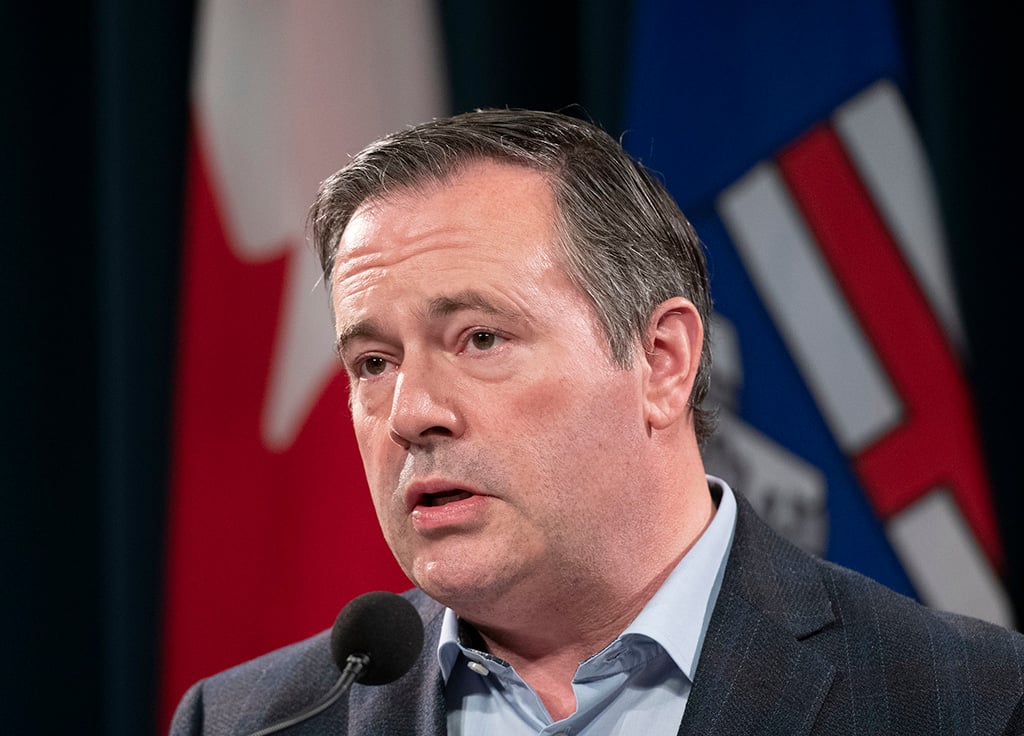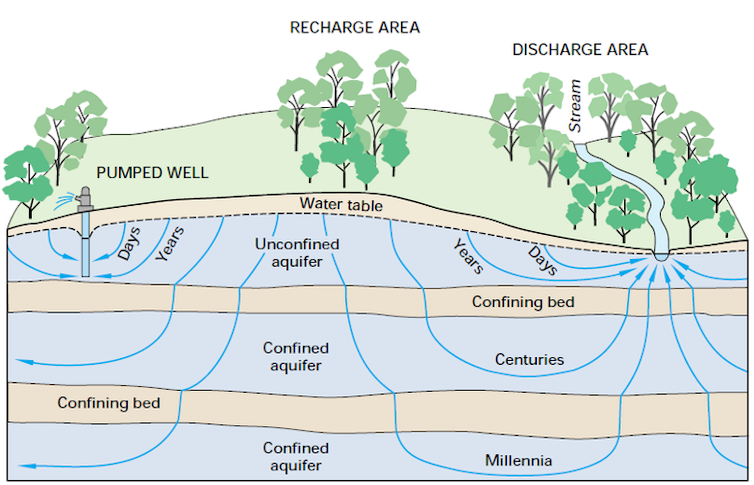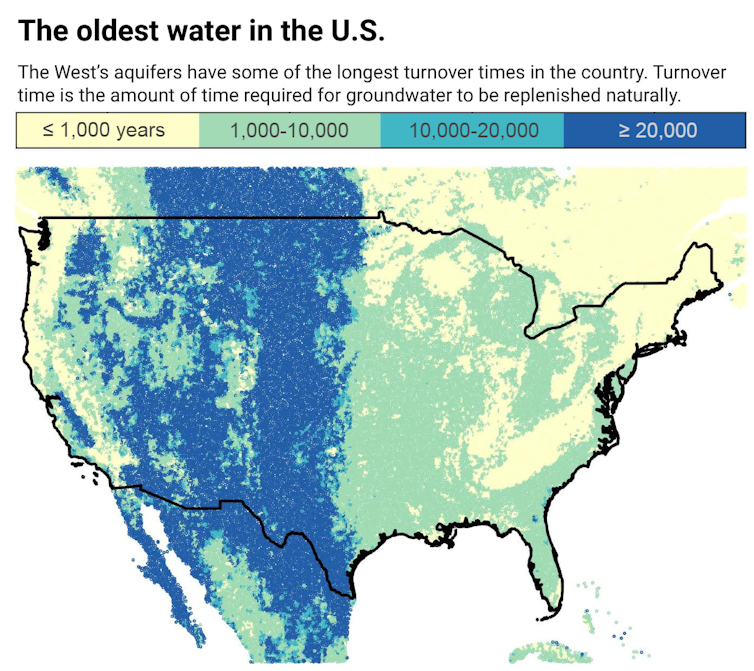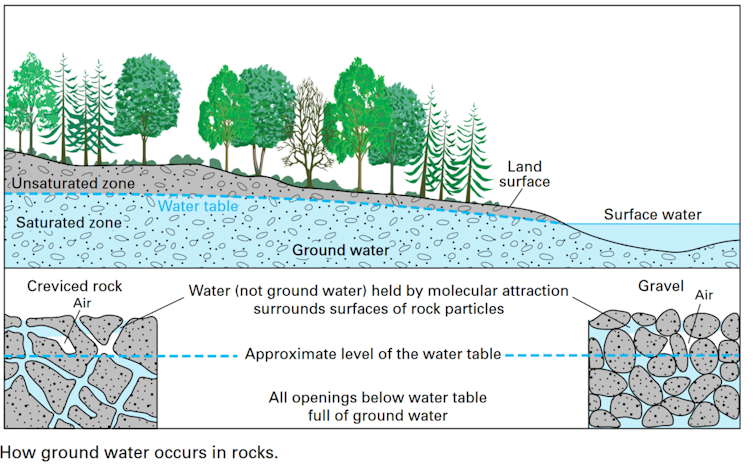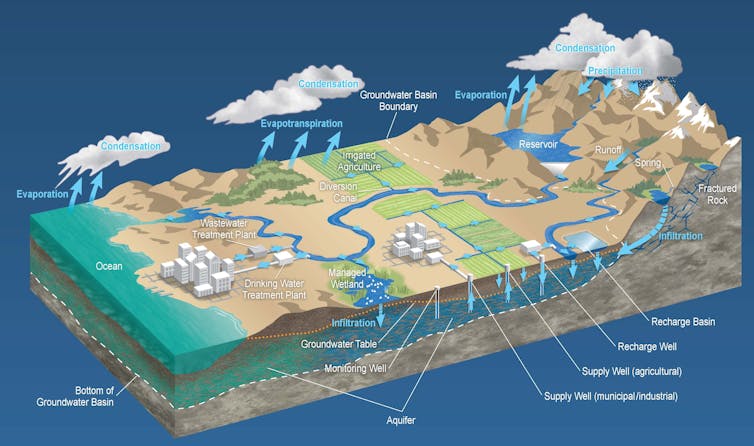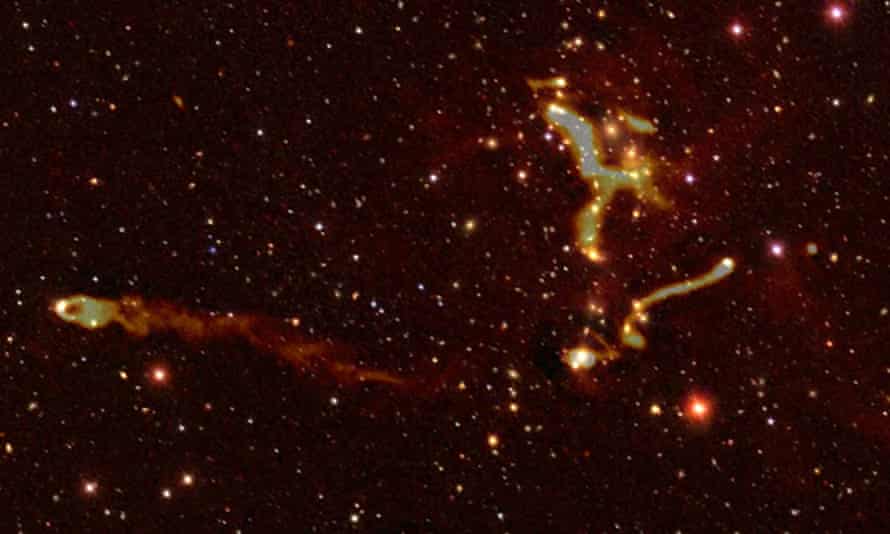It’s not just about the number of days.
David Fairey 6 Oct 2021 | TheTyee.ca
David Fairey is a labour economist, a research associate of the Canadian Centre for Policy Alternatives’ B.C. office and co-chair of the BC Employment Standards Coalition.

The B.C. government will implement the right for all employees to have a minimum number of employer-paid sick days on Jan. 1, becoming just the third province in Canada to do so.
One very lucky Tyee reader will receive full access to the city’s hottest literary event.
And it has an opportunity to make history by bringing in the strongest, most well-designed program in the country.
Last May, the government established the temporary right to three paid sick days for COVID-19 related absences for all employees covered by the Employment Standards Act. It also committed to establish a permanent minimum number of employer-paid illness or injury leave days, with the number to be determined following consultation with the public, employers and unions.
This action is long overdue. Even before the onset of the pandemic, only a minority of employers (four out of 10, according to a recent government survey) provided paid sick leave to any of their employees. In nearly every workplace, workers and their employers had to contend with the spread of infectious diseases such as new strains of influenza as people routinely reported for work sick so as not to lose pay or jobs.
But the lack of access to paid sick leave came into sharp focus in 2020 when it was apparent that the deadly COVID-19 virus was spreading rapidly through workplace contact.
The Tyee is supported by readers like you Join us and grow independent media in Canada
Canada and its provinces have been laggards in legislating paid sick leave as an employee right. Most developed countries and many jurisdictions in the United States have had universal paid sick leave laws for many years.
What is disturbing is that it took so long for provincial governments to realize that if workers need to stay away from work when they feel sick, in the interests of public health and workplace safety, they should not have to lose income.
It is now well established that employees in low-wage precarious employment, especially in customer and personal service, have the greatest need for employer-paid sick leave. The pandemic has raised public awareness of the value — for workers, businesses and communities — of people staying away from work when they are sick.
The provincial government is now in the second phase of its consultation on the number of employer-paid sick days to be legislated. Until Oct. 25, the public can complete an online survey that asks how strongly they are in favour or opposed to each of three paid sick leave options — three days, five days or 10 days. (Workers will also continue to have access to three days of general unpaid illness or injury leave, as is already the case.)

BC Commits to Paid Sick Leave by Jan. 1, But Details Still to Come
It is mystifying as to why the provincial government would be considering anything less than 10 paid sick days since the federal Liberals and the NDP committed during last month’s election campaign to 10 employer-paid sick leave days for federally regulated industries and workplaces. This ought to now set the bar for any provincial government serious about public health.
Developed countries with economies and workplace policies similar to Canada’s and B.C.’s, such as Australia and New Zealand, have 10 days or more of paid sick leave per year. Across OECD countries 10 days of employer paid sick leave is the common minimum standard. Spain, Norway, Slovakia, Belgium, the Czech Republic, Finland and Norway all provide two weeks. Denmark provides four weeks and Germany six.
Anything less than 10 days has been shown to be inadequate in achieving the objective of keeping sick or injured workers at home, especially for workers with family and caregiving responsibilities. If a worker is required to be in quarantine for just one infectious illness or contact, 10 days of paid leave will be used up very quickly.
But the number of paid sick days is only one of several critical elements of a progressive model of paid sick leave — and the province’s survey is silent on them. Advocates are calling for:
Automatic access to paid sick leave when needed at full regular pay without pay disruption;
Automatic entitlement to three days of paid sick leave on date of hire and at the start of every subsequent year with the same employer;
In addition to the automatic initial three days, annual accrual of one hour of paid sick leave for every 35 hours worked up to a maximum 52 hours paid leave per year, equating to a total maximum of 10 days per year for full-time employment;
Carry-over of up to 10 days of unused paid sick leave at the end of each year to the following year;
Elimination of the current requirement in the Employment Standards Act that an employee complete 90 days work before being eligible for paid sick leave;
Paid sick leave available to all categories of employee, including full time, part time, casual, seasonal, temporary agency and temporary foreign workers regardless of immigration status;
Inclusion of leave to attend to personal emergency as well as family emergency and responsibility related to illness or injury;
Entitlement to paid sick leave without the requirement of proof via a doctor’s medical note; and
Provision for an additional 10 days of paid sick leave per year in the event of a declared public health emergency, such as another viral pandemic.
The B.C. government now has the historic opportunity to provide national leadership on this public health and human rights issue and implement comprehensive legislation that provides for 10 days of paid sick leave for every worker.

